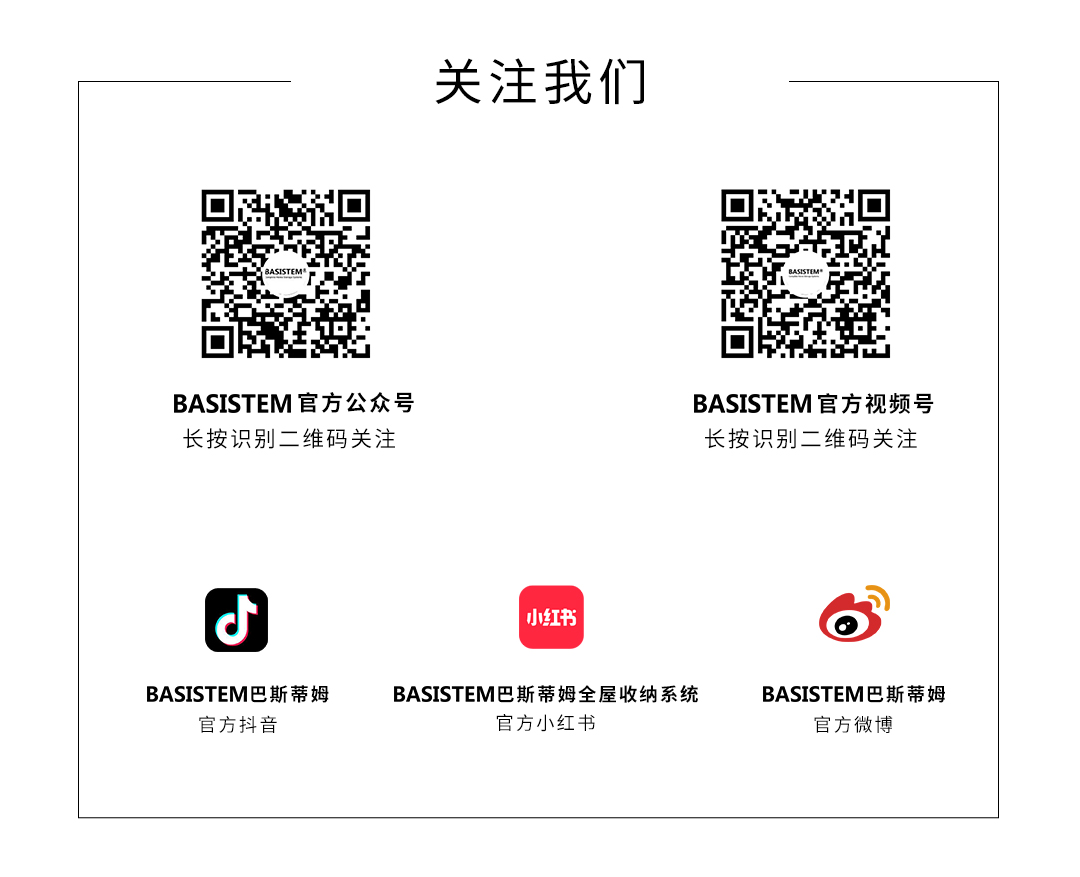The evolution and transformation of Chinese design philosophy, from “following and imitating” to “independent innovation,” marks a return to the essence of humanistic care and the beginning of China's integration into the global design discourse system. This shift will inevitably give rise to high-end brands with global influence.
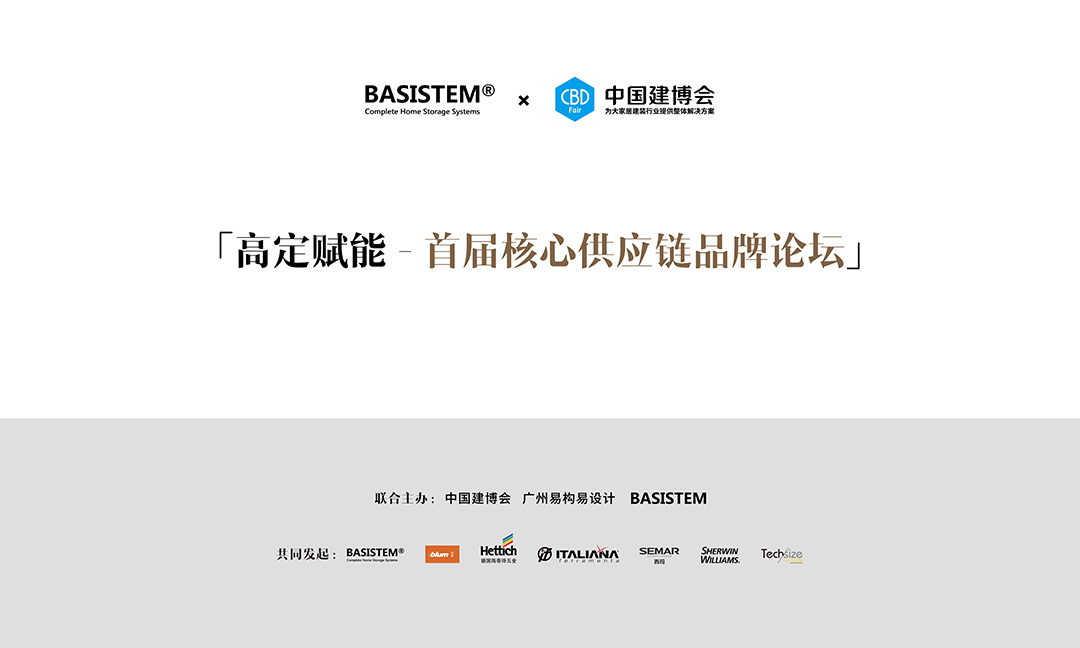
High-end empowerment
Core Supply Chain Brand Forum
China Building Fair × Bastim “Co-hosted,” a deep conversation focused on the development of China's high-end customization industry, bringing together the world's top core supply chain brands to work together, engage in in-depth exchanges, and pool their wisdom and strength to empower the birth of high-end customization brands with global influence in China.
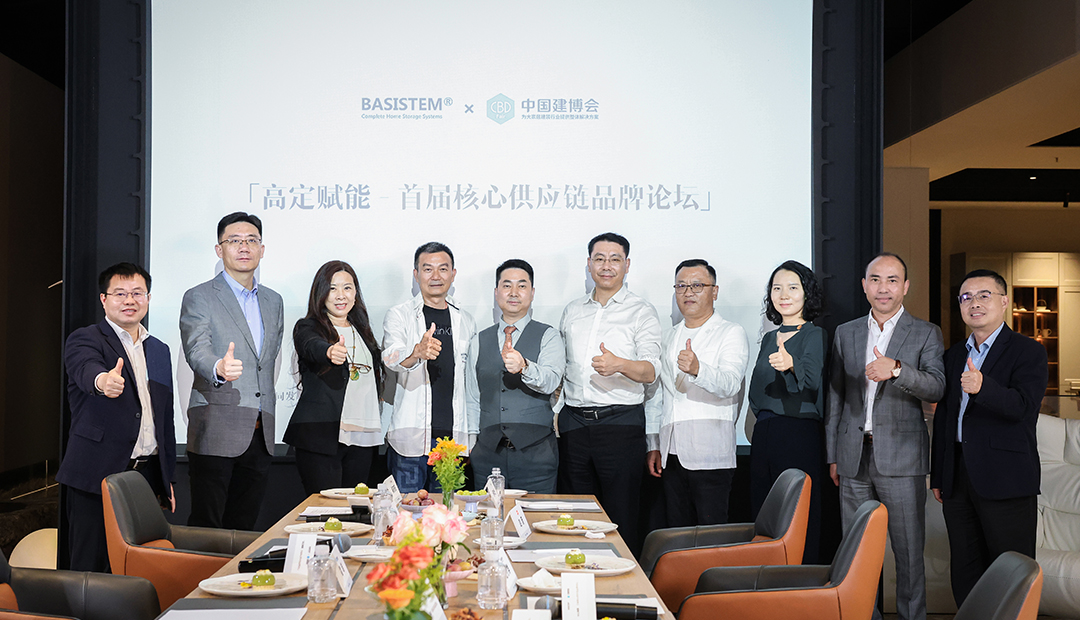
01
High-end second half:
From uncontrolled growth to value coexistence
China's high-end customization industry has experienced a decade of rapid growth. However, market fluctuations, stratification of consumer demand, and intensifying homogenized competition have presented the industry with a new round of challenges and opportunities.
Huo Rui, director of the China Building Fair, said bluntly, “The high-end customization industry is shifting from a growth market to a mature market, and even a declining market. Companies need to shift their focus from ‘competing on scale’ to ‘competing on value.’” As a barometer of the industry, the exhibition has integrated high-end customization and light high-end customization into a design customization zone in recent years, strengthening the core of design and scene-based experiences to drive the industry's transformation toward high-quality development.
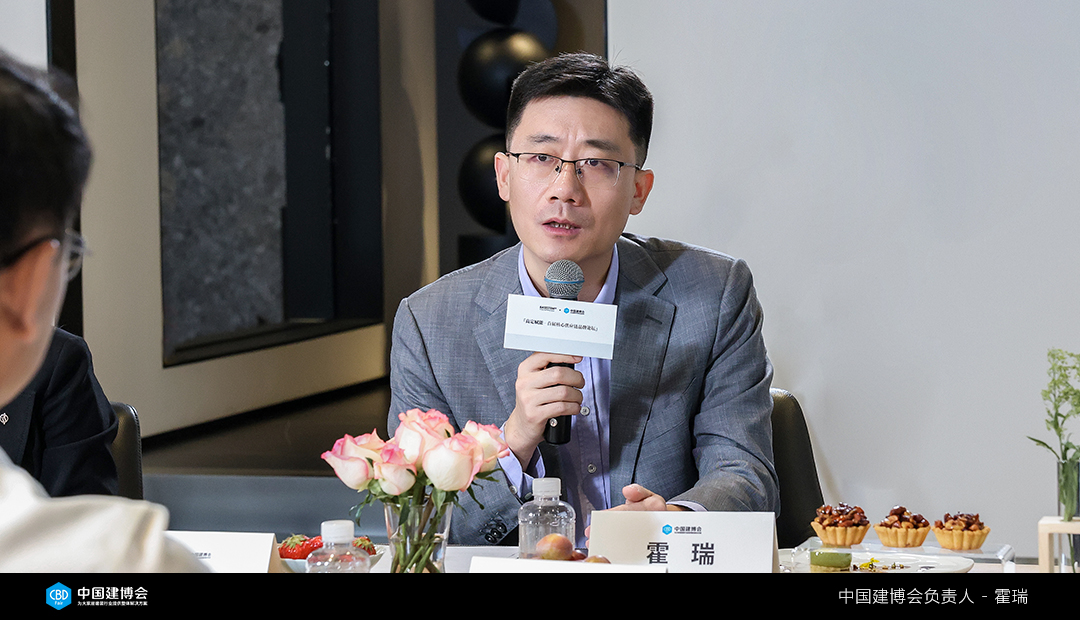
Yang Xiangguang, Vice Chairman of Desai China, pointed out that the essence of high-end customization is the ultimate solution for non-standard products. The supply chain needs to be deeply involved in product research and development, and use an ultra-long service chain to solve industry pain points. The goal is not only to sell products, but also to convey a beautiful lifestyle.
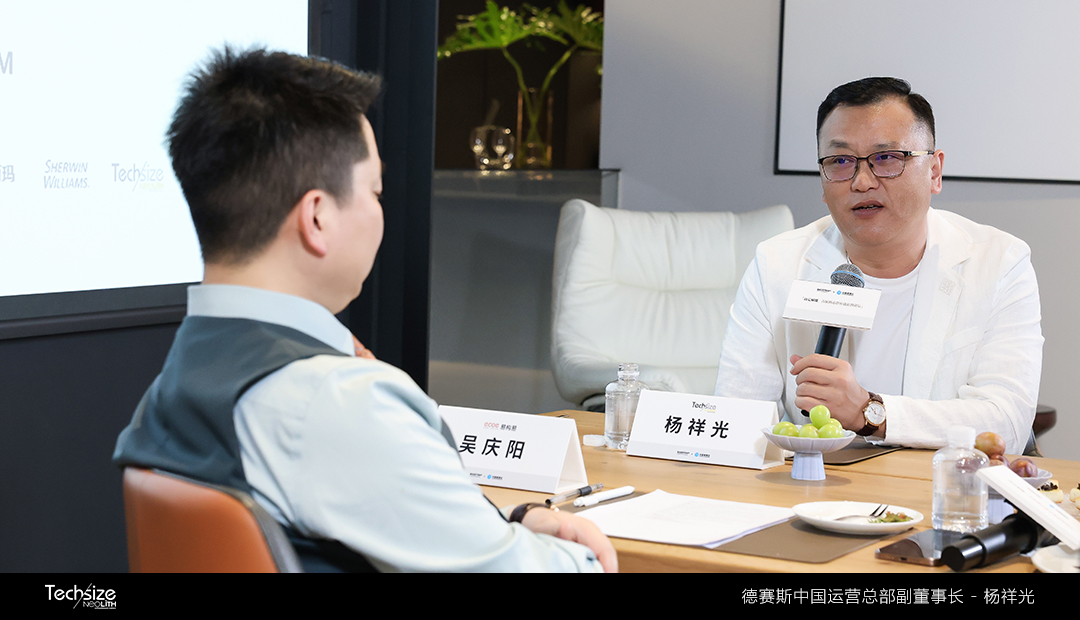
02
Supply chain empowerment:
From basic support to ecological co-creation
In the high-end value chain, the supply chain has long transcended the role of parts supplier to become the core engine of brand differentiation and competition.
Bollinger and Hettich, two international hardware giants, have been deeply rooted in the Chinese market for more than 20 years, witnessing the transition of cabinets and wardrobes from functionality to aesthetics. Zhao Jin, Marketing Director of Bollinger China, said: “High-end customization starts with appearance and ends with details. The value of hardware lies in making the design invisible and providing users with the ultimate experience.”
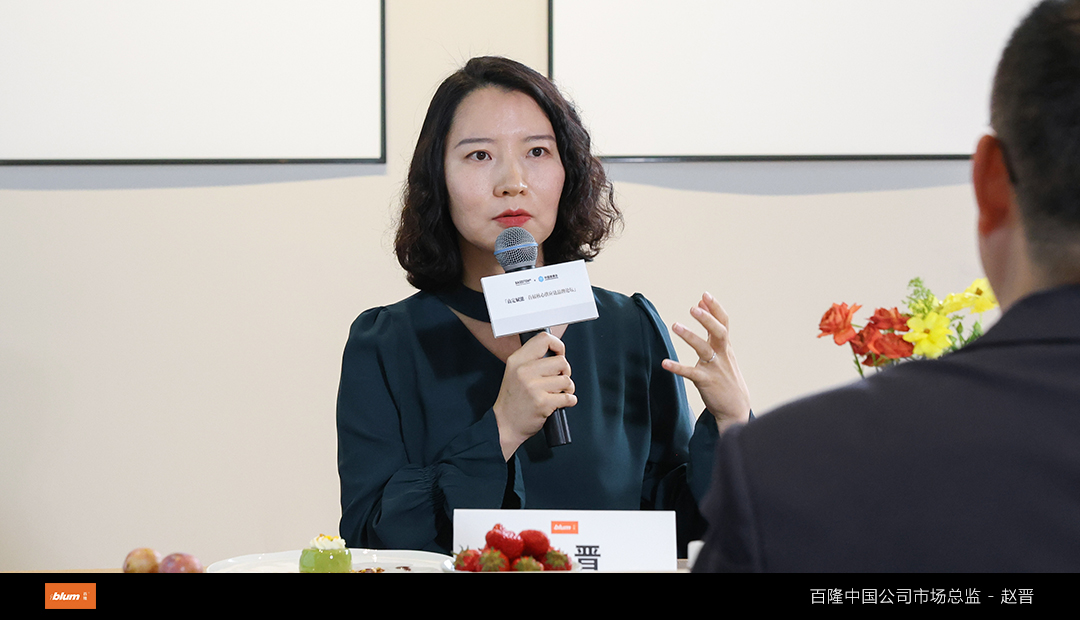
Ye Xiaoqing, Manager of Technical and After-Sales Services at Heidi Shi China, emphasized that the supply chain should not only focus on user needs, but also proactively create demand.
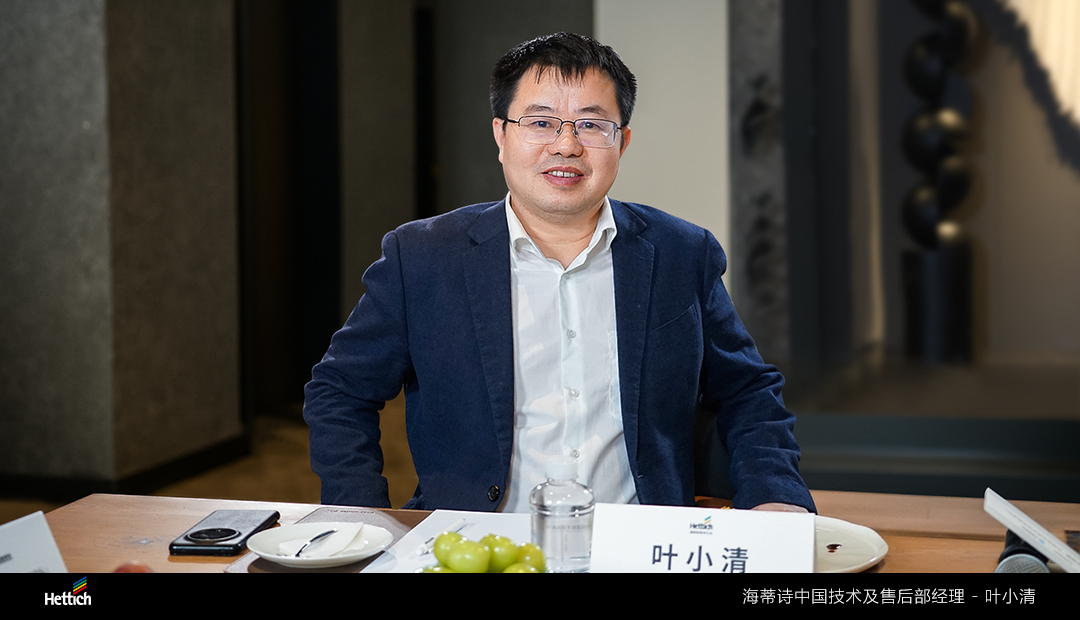
Xuan Wei, General Manager of Sales for China, candidly stated, “High-end coating has undergone a revolutionary change, shifting from single colors to scenario-based solutions.” The supply chain should participate in co-creation from the very beginning of the design process to drive the industry's transition from standardized craftsmanship to personalized design.
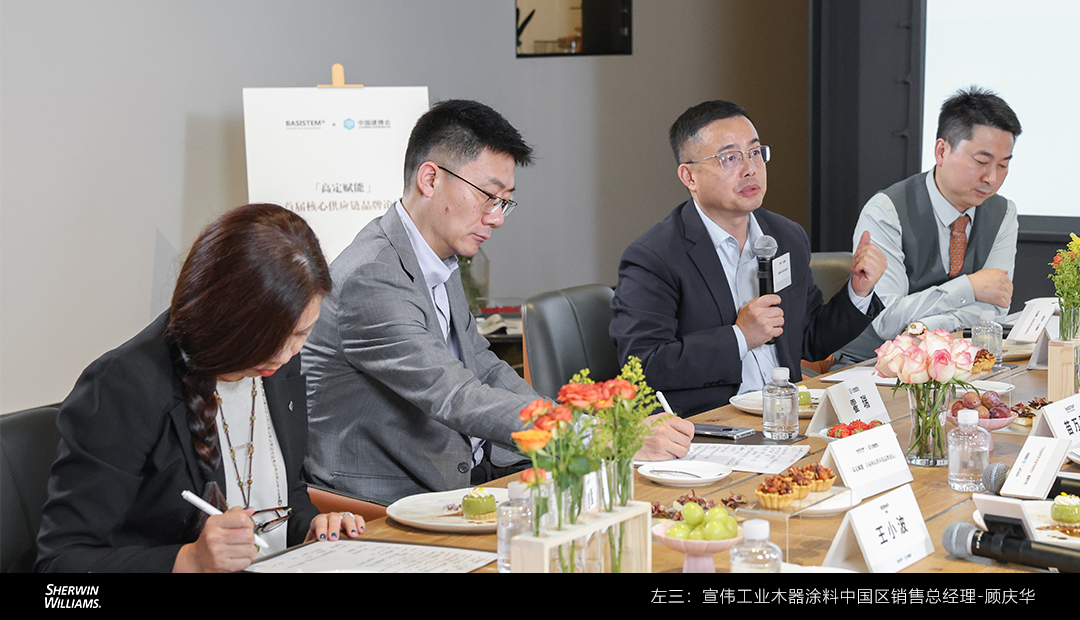
Wu Huixuan, China market consultant for Italian IF Hardware, pointed out more sharply: “High-end customization is not about piling up imported hardware, but about precisely matching user needs. If connectors are detached from the cabinet's load-bearing capacity, they will only become a marketing gimmick.”
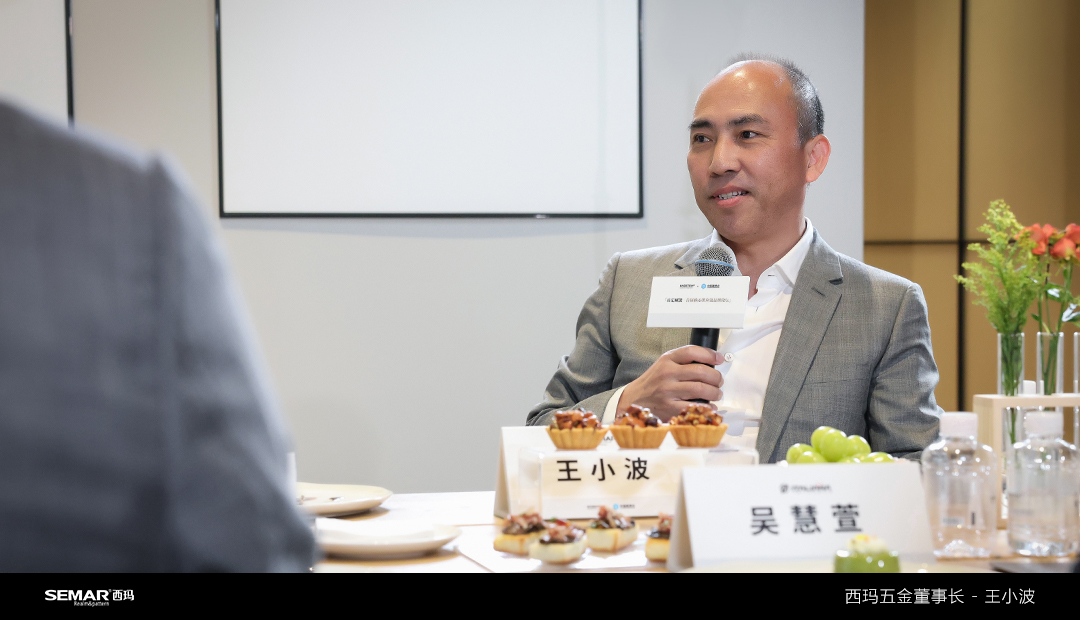
Wang Xiaobo, chairman of Xima Hardware, took the “Yue Intelligent Series” door locks he developed as an example, demonstrating how technology and aesthetics can be perfectly integrated. A good product not only meets users' practical needs but also serves as a conveyor of emotions.
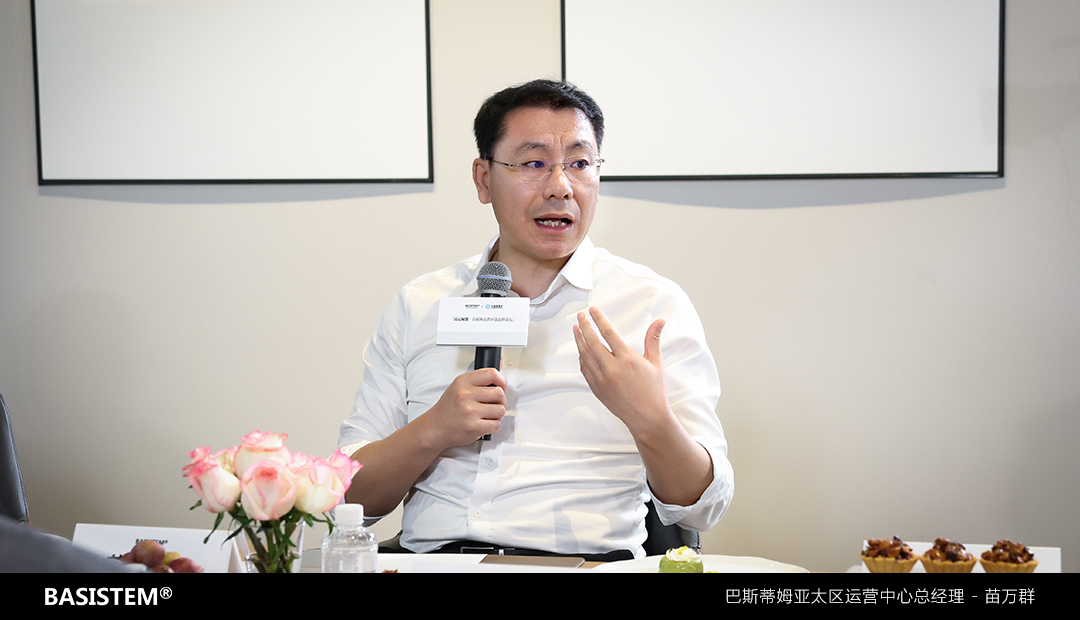
03
Going Global and the Future
China's haute couture needs a “cultural expedition”
Another hot topic of discussion at the forum was how Chinese haute couture brands can go global. Miao Wanqun, General Manager of Bastim Asia-Pacific, believes that “the supply chain needs to transform from a follower to a co-builder.” Bastim is actively exploring designer channels in overseas markets, leveraging overseas designer resources to provide localized solutions for the brand.
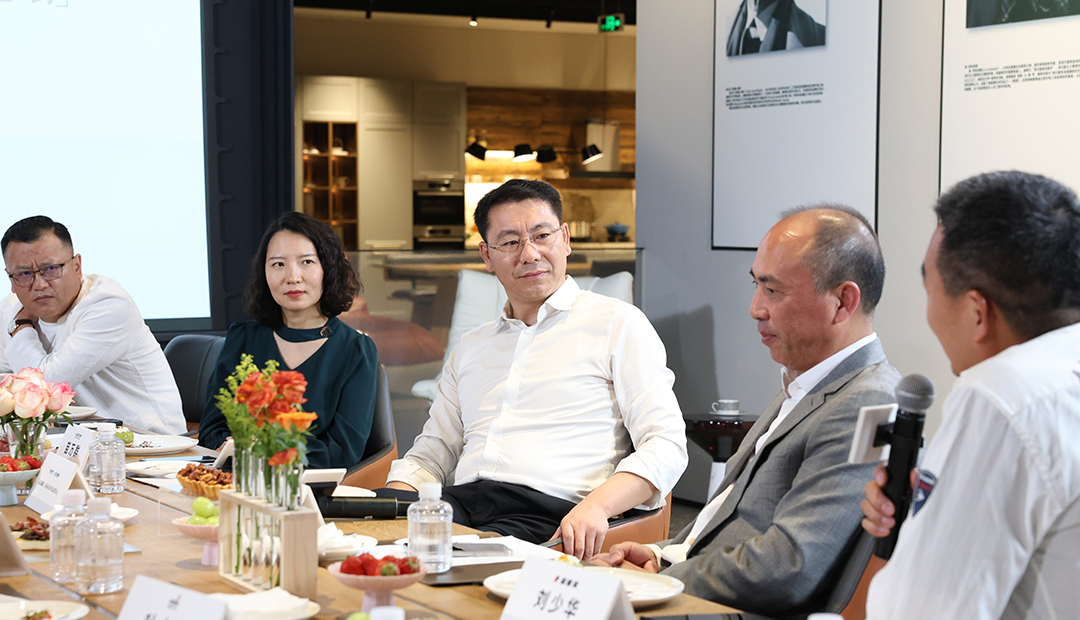
DeSai Yang Xiangguang revealed that its Southeast Asian processing center has provided overseas support services for brands such as Gold Medal Kitchen Cabinets, proving the feasibility of the “Made in China + global supply chain” model.
However, the challenges are equally daunting. Huo Rui of China Building Fair pointed out that overseas markets still perceive Chinese high-end customization as being about cost performance.
IF Hardware's Wu Huixuan believes that brand globalization is not about exporting products, but about cultural output. Chinese haute couture needs to tell the story of the refined Eastern lifestyle.
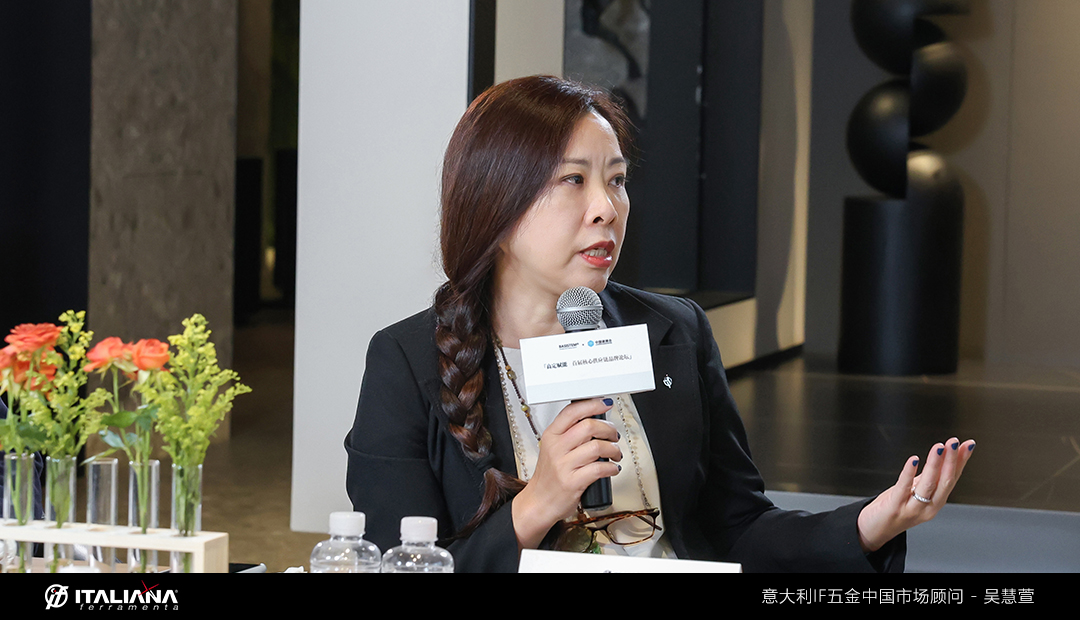
04
Conclusion: The Future of Haute Couture
The symbiosis of supply chain and brand
At the end of the forum, Wu Qingyang summed up: “The competition in high-end customization is essentially a competition in supply chain ecosystems.” When Chinese brands shift from competing on price to competing on systems, and when supply chains transition from one-way empowerment to two-way co-creation, the industry can truly transcend cycles and give birth to world-class brands.
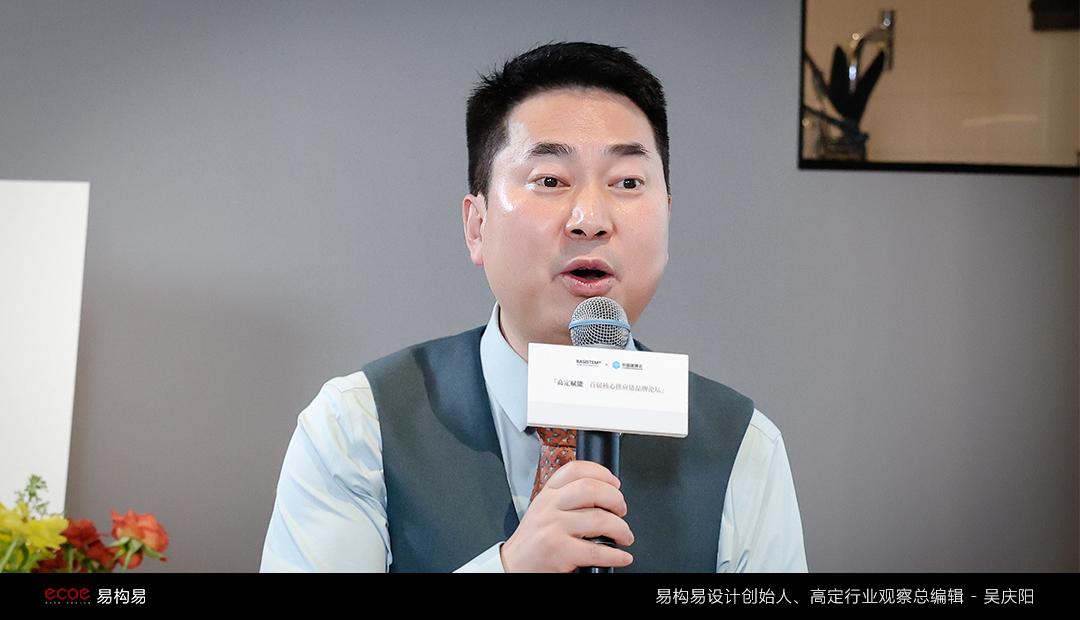
As Liu Shaohua, founder of Sen De Jia, said, “High-end is not about lavish materials, but about respect for craftsmanship and the aesthetics of life.”
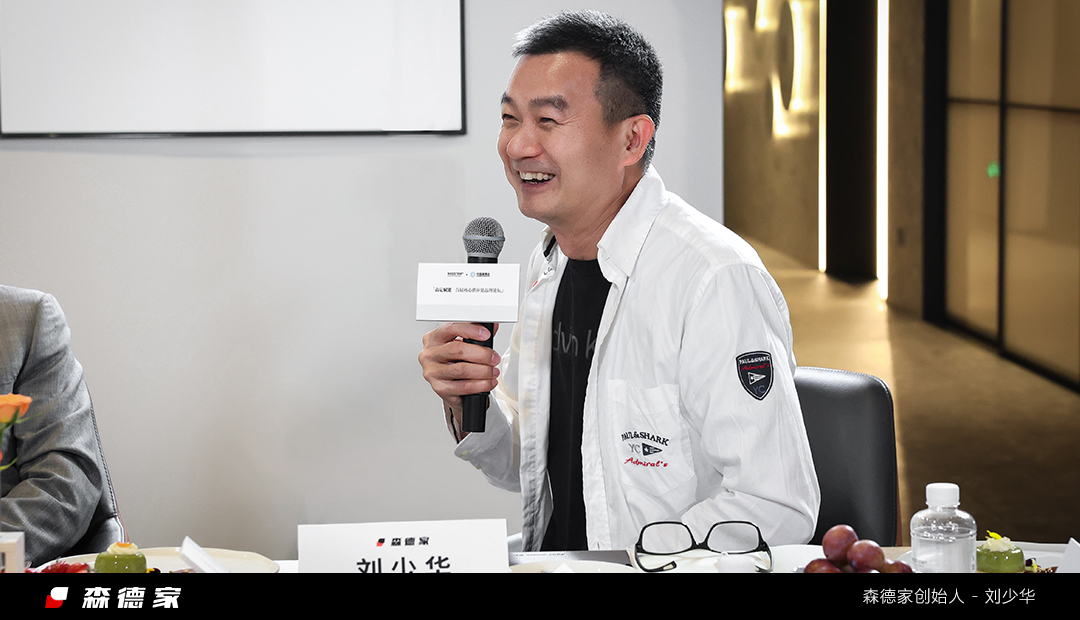
This forum is not only a collision of industry wisdom, but also a declaration on the future of high-end customization in China—using the supply chain as a fulcrum to leverage the infinite possibilities of China's high-end customization globalization.
As a participant in the haute couture industry, Bastim will continue to empower its partners, explore collaboration, and unite forces to actively promote the joint development of haute couture brands and supply chain brands.
